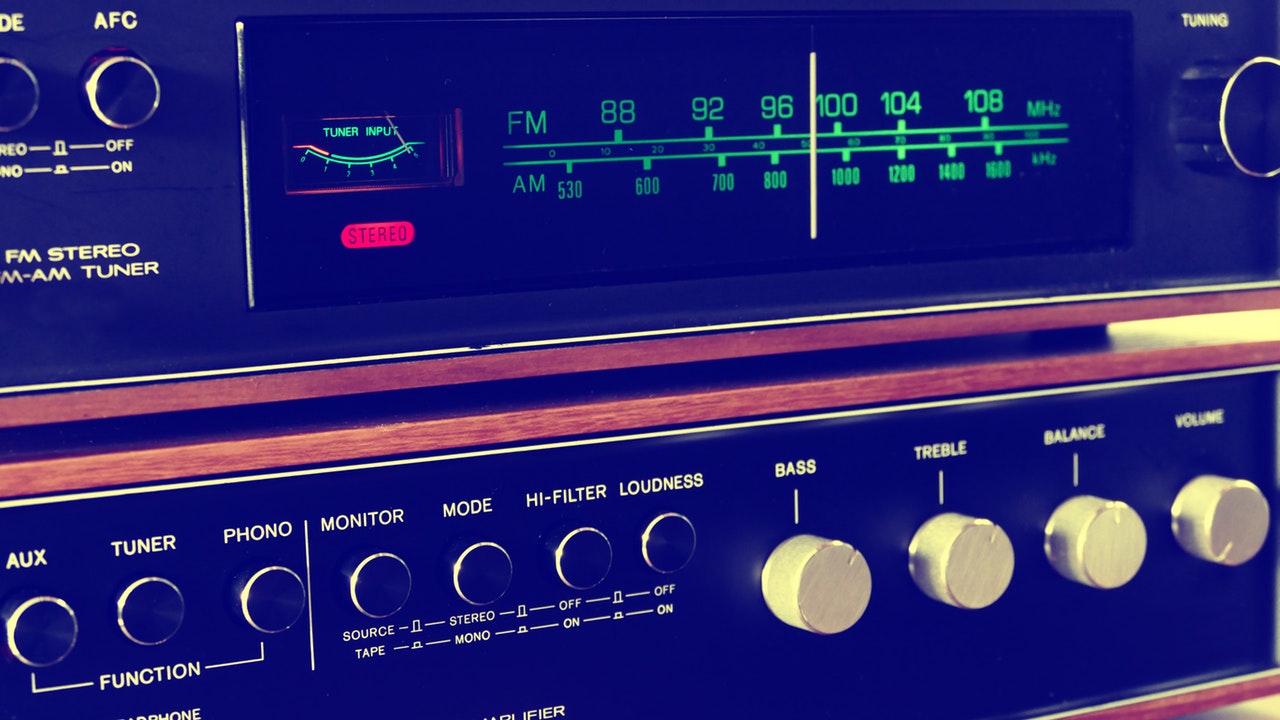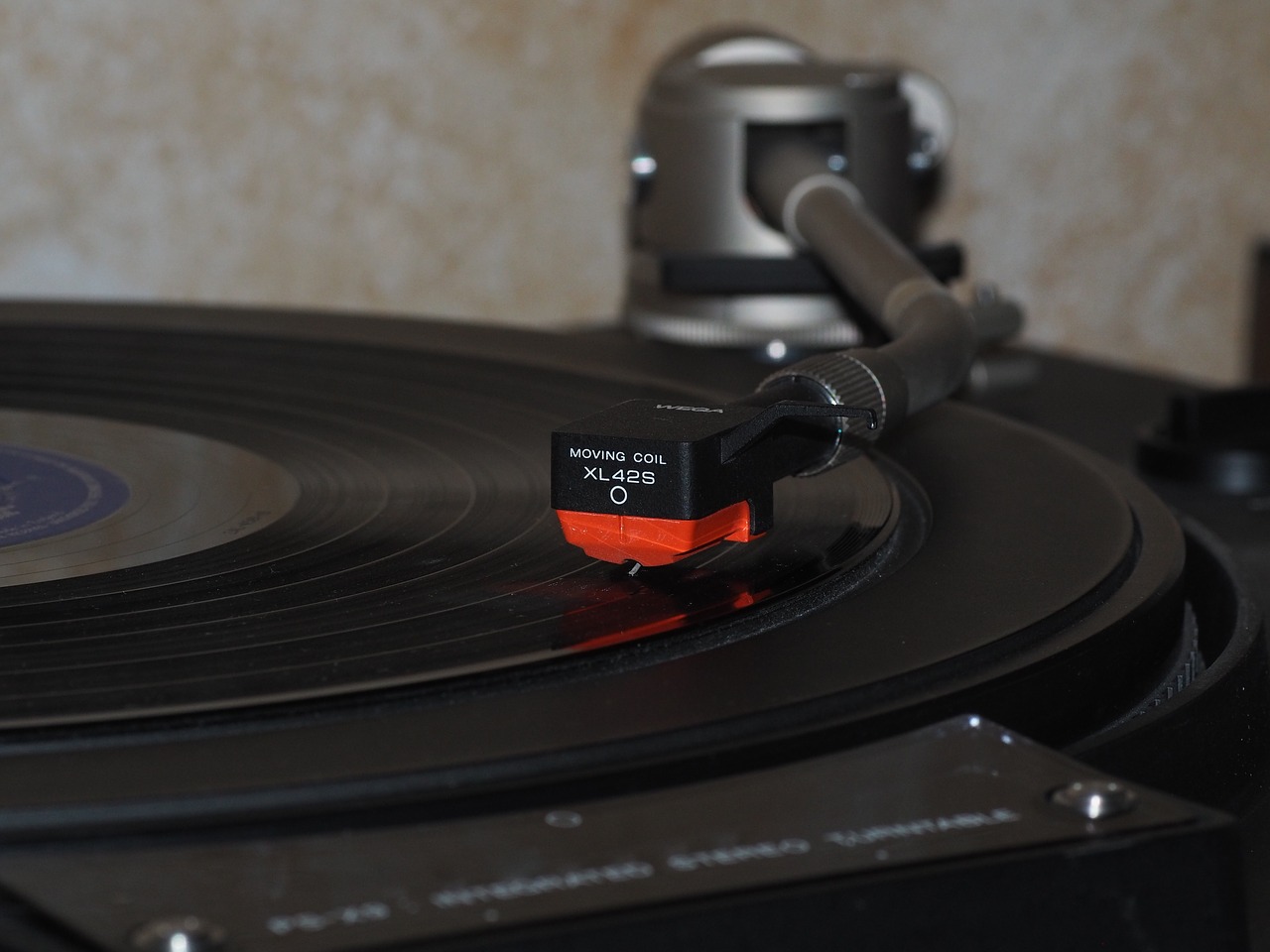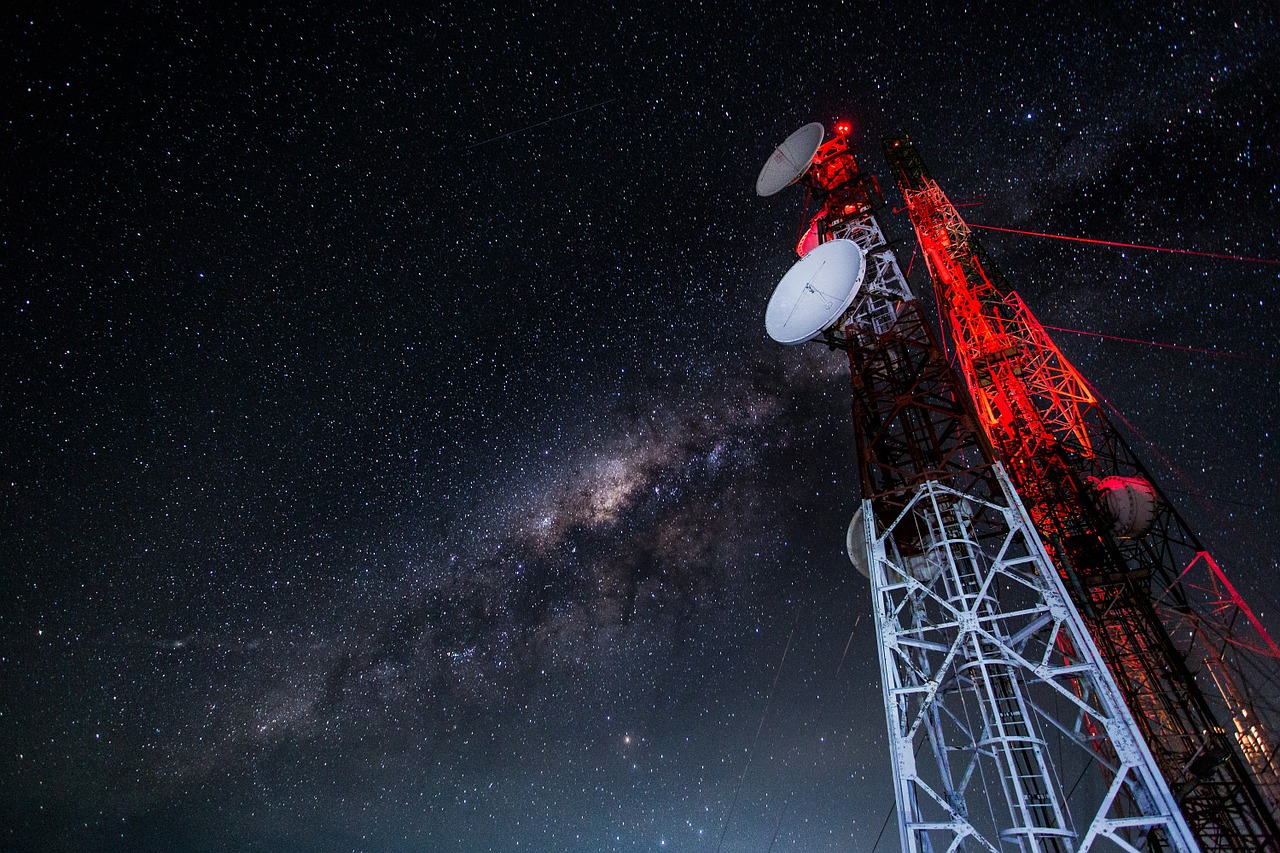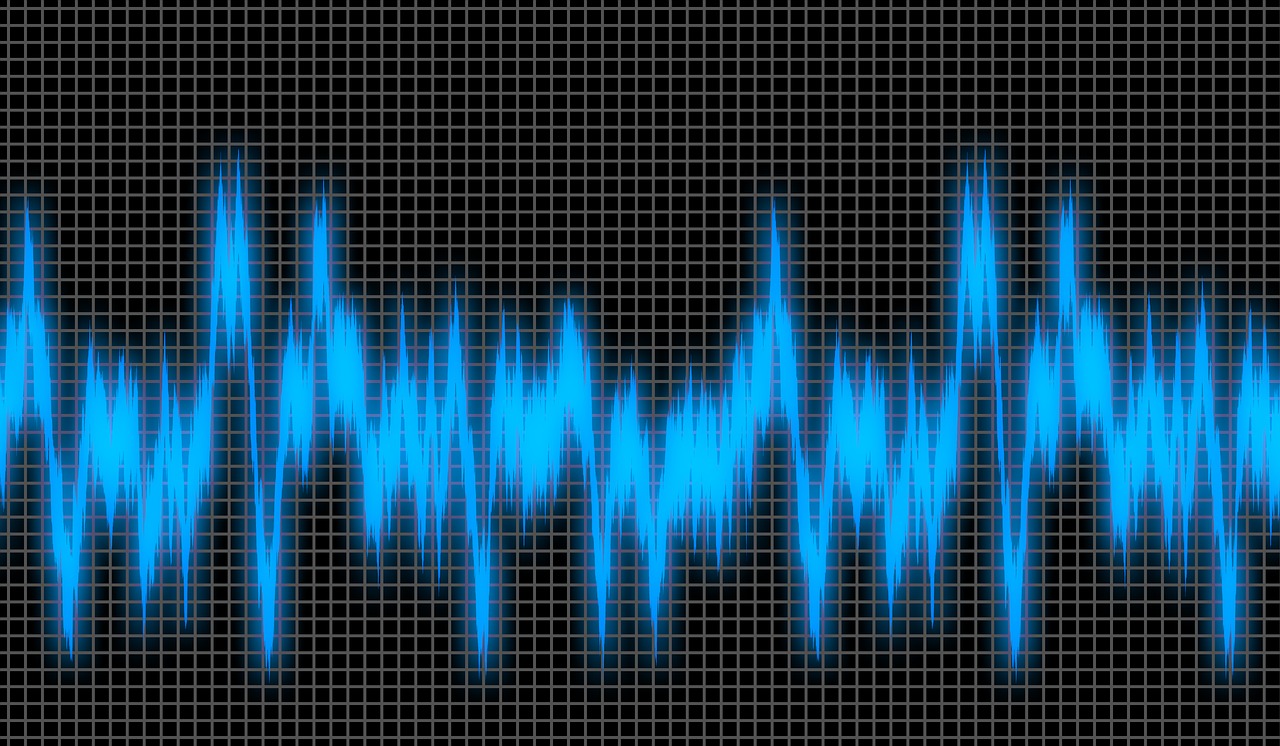Analog Signal Transmission – How Does It Work?
As the world progresses deeper and deeper into the 21st century, the need for communication has only increased. The desire to transmit and receive large amounts of data has pushed the innovation of digital signal transmissions far past what was once thought impossible. Even though we are in this new digital age, the use of analog signal transmissions is still prevalent. It is also a large part of scientific history.
It was once the only method of conveying voice, data, image, signal or video information. Analog transmissions can still be a viable option even today. But for those who are not Baby Boomers not much is known about analog signals and how they are used today. So what is an analog signal, and how does it work?
What is an Analog Signal?
An analog signal, in its simplest form, is an observable change in a quantifiable entity. For those born in the 90s or later, there probably needs to be some more explanation into how a simple change can be used to depict complex information. It first starts with an analog signal source waveform, which closely resembles a sinusoidal wave.
Unlike digital signal, an analog signal is a continuous signal which is varied by one of the signal’s characteristics. Examples of these could include the following common scientific variables: voltage, current, amplitude, phase, or frequency.
Common Types of Analog Signal
Radio Frequency

One of the most common forms is radio frequency use which started in the early 1900s. This medium was created the varying, also known as modulation, of an analog signal’s amplitude or frequency. This should be familiar to most as the radio transmissions still used in broadcasting today are amplitude modulation and frequency modulation. These are commonly known as AM and FM radio stations.
The earliest modulation used to transmit audio was AM. This is often referred to mediumwave AM radio broadcasting. It was the first electronic mass entertainment medium.
It was developed in the early 20th century, with experiments conducted by Robert Landell and Reginald Fessenden. In amplitude modulation, the “strength” of the carrier signals’ waves is varied by being enveloped by two sine waves (known as sidebands) having frequencies slightly above and below the carrier frequency.
Frequency modulation (FM) is the encoding of data in a carrier wave by varying the instantaneous frequency of the wave. The difference between the input frequency and its base frequency is proportional to the modulating signal’s amplitude. Increasing frequency as the base signal amplitudes rises and decreases as the amplitude lowers. It was pioneered by Edwin Armstrong in 1933 to address some of the signal noise disadvantages of AM.
How Analog Signal Works
In order to transmit data or information, there first needs to be a source analog or carrier signal. Any information can be conveyed using an analog signal. Commonly some property of a physical phenomenon is varied, and that information measured. This physical variance is converted into a signal using a transducer.
Signals are then passed between transmitter devices to send and receive devices to distribute or collect information. Before the digital age, this process was used to create content for audio and video transmissions.
Common Uses of Analog Signal
Analog Audio

Earlier we mentioned how the analog signal was used in radio broadcasts in two forms of modulation, FM and AM radio. But analog audio signal can also be recorded and stored for future playback.
Analog recording methods are unique since the continuous signal is recorded in or on the physical media. This can be done in two ways: stored as a physical texture on a phonograph record or a fluctuation of field strength on magnetic tape.
Known today as the vinyl record, this physical form of analog data is stored in the displaced matter in the disc. The modulated spiral grooves encode sound variations. These grooves are “read” by a stylus (needle), and its vibrations are converted into an electrical signal as the record rotates on a turntable. The signal generated is then converted back into an audible sound using a playback device.
Analog Video

Analog video is perhaps the largest consumed media form, outside of the radio. It has been around since the 1800s. Originally termed moving pictures, it showed the possibilities of analog data.
Light and contrast were able to be imprinted on celluloid photographic film and played at a frequency that mimicked movement. This technology was advanced into Betamax and VHS by translating analog signals onto magnetic tape instead of film.Combined with analog audio, the analog video was the basis of the original television broadcast technology. It was the industry standard for broadcast television from the 1950s all the way into the 2000s. Image data such as brightness, color, and sound were encoded in the variations of amplitude, frequency, or phase of the analog signal.
Broadcasting and Receiving Signal

Analog video signal is encoded in an alpha-numeric system that denotes the number of scan lines, frame rate, video bandwidth, etc. The colors are encoded with three possible color coding schemes: NTSC, PAL, or SECAM. Video signals are then modulated onto a very high frequency (VHF) or ultra high frequency (UHF) carrier.
A channel is broadcasted over radio frequencies and consists of two signals: sound is transmitted in the FM and picture is transmitted in the AM at a fixed offset from the sound signal. They are collected via a super-heterodyne receiver and then shifted to a fixed intermediate frequency (IF). A demodulator then recovers FM and AM signals and converts them into sound and video.
Displaying Signal

Due in major part to the invention of the cathode-ray tube (CRT), analog television became a viable industry. The CRT uses a focused electron beam to trace lines across a phosphor-coated surface. This allowed for more closely spaced scan lines for sharper image resolution.
The whole set of lines are drawn so quickly that the human eye perceives it as one image. To depict motion, sequential frames are displayed using the signal timing and synchronization information.
A colored video signal requires data inputs based on luminance (brightness), chrominance (color), synchronization (horizontal and vertical) and audio. When these are combined into one channel, it is called composite video.
Is There a Need for Analog Signal Use?
Analog signal is still in heavy use to this day. It is often used in conjunction with digital data using codec equipment. Digital information can be encoded and transmitted over an FM frequency among a defined set of frequency that correlates to digits. This modulation technique is known as frequency-shift keying or FSK.
Signals can be modulated and demodulated from analog to digital using a modem. Commonly used for internet and Wi-Fi connections, but also used in direct broadcast satellites and mobile phones. Many sections of complex systems are simplified using radio frequencies, modulation techniques, and a coaxial cable. There are benefits and drawbacks we can explore to see if there is still a need for analog.
Benefits
More Transmission Mediums
Unlike digital signal transmissions, analog can be conveyed over many mediums. Analog signals can be sent and received over coax cable, fiber optic cables, airwaves, and even water. This robust functionality was leveraged into critical technological advances that include sonar, radar, and electrical imaging.
Limitless Values
Digital signals represent data in a sequence of discrete values which can only have a finite number of values. While analog signals may be limited in range in regards to a minimum or maximum value. There is still an infinite number of possible values within that range as you increase the resolution of the measurement.
Drawbacks
Noise

A noteworthy disadvantage of an analog signal is the receiver device detecting noise and electromagnetic interference to a higher proportion with signal strength. This is commonly referred to as the signal-to-noise ratio (SNR). Though advances in analog technologies have increased the SNR, digital signal forms are still superior and are becoming just as cost-effective if not more.
Longevity
One of the main reasons for digitalization is storage limits and deterioration of analog data. Magnetic tape recordings and vinyl discs must be stored and maintained to specific conditions to maintain fidelity. But even with ideal conditions, storage space is still an expense driving most businesses to go digital. Some signals are still in analog form and then are converted into a digital form or “digitized.” One form transforming the waveform into a bit stream is pulse code modulation (or PCM).
Conclusion
An analog signal is a transmission of voice, data, image, or video information using a continuously varying waveform. This is done by alternating the amplitude or frequency of that signal to view, listen, or process said information. Its creation, measure, and transmission was a monumental scientific revelation of the 19th century. But it is not as outdated as it might seem.
Until the early 2000s, all broadcast television systems used analog signals before the digital television transition. Analog signal is still used often today in many forms, like a phone call, video signal, telemetry, radar, and seismic prospecting.
